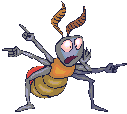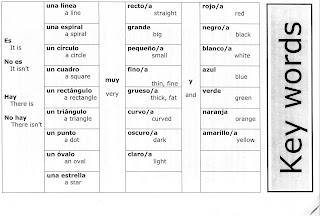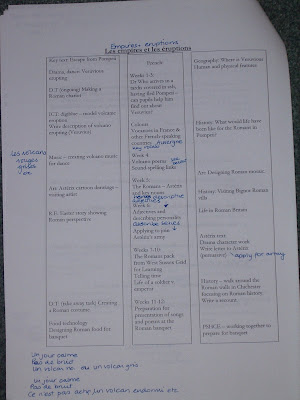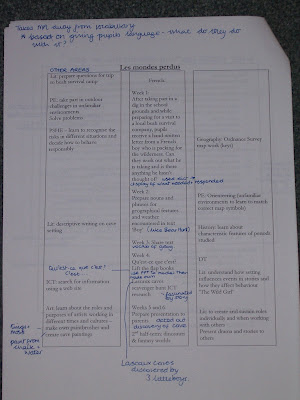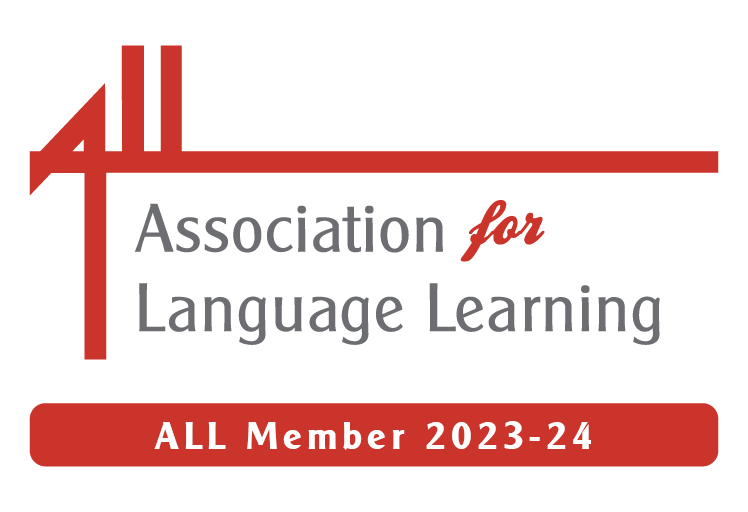 Inspired by Jo Rhys-Jones post on Minibeasts, and her suggestion of some suitable French videos on Youtube to support it, I went in search of some Spanish equivalents – then got sidetracked!
Inspired by Jo Rhys-Jones post on Minibeasts, and her suggestion of some suitable French videos on Youtube to support it, I went in search of some Spanish equivalents – then got sidetracked!
Having followed Jo’s links to Papillons, (complete with operatic French version of Anything I do, I do it for you), I decided to search for Spanish butterflies – mariposas. I came across a clip of ‘Mariposas de Asturias‘ which is very similar (the music is more relaxing!)
Then my search took me off in a different direction when I came across a video clip called Mariposas Silenciosas. Not about butterflies, but a game that can be played in small groups to improve concentration, coordination, and also provide a bit of calm!
Then I investigated Luis Pescetti further and found more videos that I thought might be interesting. Keeping to the minibeasts theme, how about Cienpies about a centipede-
This is followed by an action rhyme with nonsense words – a bit like Gingangoolie (not sure if that’s how you spell it as I’ve never tried writing it down!) – with simple actions that get faster and faster. Amazing how muddling it can be to do simple actions fast! And here’s another – Aiepo – this time, the rhyme is said in different voices depending on the speed, starting as an elephant, very low, and finishes higher!
Another rhyme along a similar vein, but this time with ‘proper’ Spanish words – in this case a traditional Spanish rhyme – Palmas, higos y castañas.
Also on a minibeast theme, scroll down to the seventh song on this page for La canción de la pulga about a flea that jumps on a dog, bites it and then has a full tummy!
In fact, having found lots of his videos on Youtube, I then went to his website http://www.luispescetti.com/ and discovered lots more too see and do. Words and (very usefully) mp3 files for songs as well as videos and jokes. Well worth investigating. From a quick look, I can see a Spanish version of London Bridge is falling down, as well as Un kilómetro a pie (referred to in a previous post on Active learning) and a lovely song called Mocos about bogies!!
And on that note, I’ll leave you to explore for yourself!
